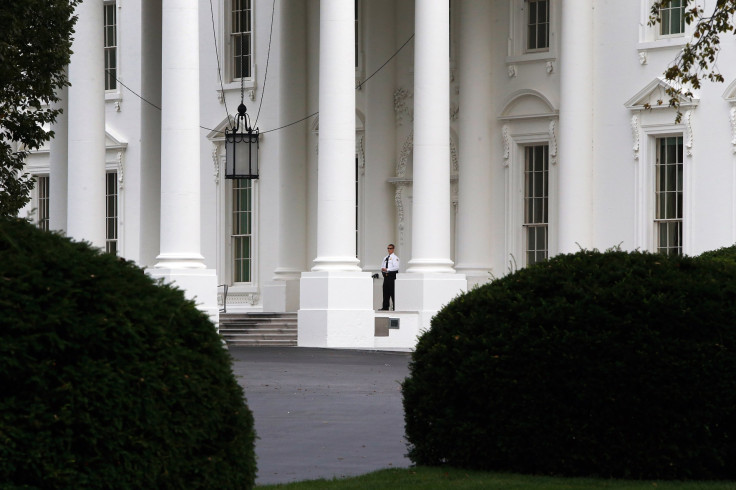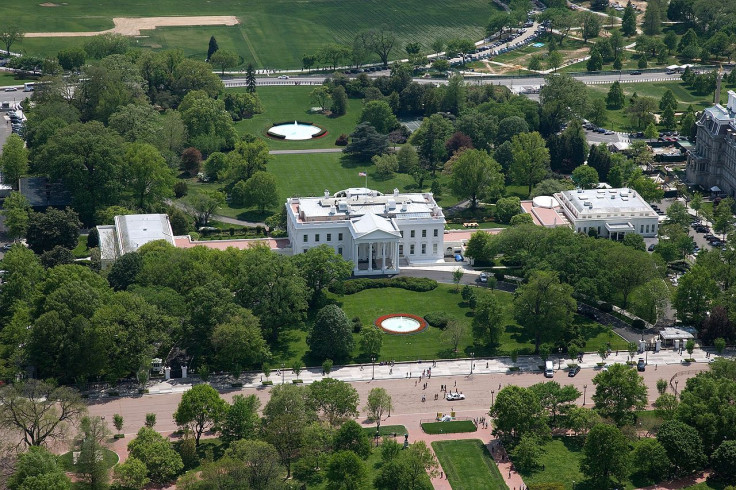Secret Service Security Breach: How White House Protection Works

The Secret Service calls it “Olympus” because like the mythical mountaintop throne of Zeus no one gains access to the White House without an invitation. At least, that is how it is supposed to work. The security breach Sept. 18, in which an intruder wielding a knife jumped the fence, sprinted up the North Portico and made it past the Obama family’s living quarters, showed even Olympus has its weak points.
It takes a lot to secure the most recognizable home in the world from threats. It is an effort that involves several layers -- some obvious, some invisible -- of surveillance and defense. Even the food that comes in must be inspected at an offsite location before it can enter the White House.

The Secret Service made its most extensive changes ever in their approach to protecting the first family following the Kennedy assassination and again after the Sept. 11, 2001, terrorist attacks. The White House’s first line of defense is a 7 1/2-foot fence made of reinforced iron. The fence was built in the 1960s to limit the public’s access to White House grounds and was expanded in the 1990s by an entire block to put more distance between traffic and the presidential mansion. Many fences have marked the perimeter of the White House over the years, however the iron fence is considered the most impenetrable.
Just inside the fence, alarms placed below ground and infrared sensors above the ground detect fence jumpers -- and there have been a lot of them over the years. Hidden around the perimeter of the lawns and gardens are teams of armed Secret Service agents carrying semiautomatic pistols, shotguns and machine guns. Snipers who can accurately hit targets as far away as 1,000 yards (914 meters) dot the White House roof. An entire SWAT team takes to the roof whenever the president enters or leaves the building.


The White House’s windows, 147 of them, are bulletproof. Their performance was inadvertently put to the test in November 2011 when bullets fired from south of the White House struck the window of U.S. President Barack Obama’s private residence. His youngest daughter, Sasha, and his mother-in-law were inside at the time.
The airspace above and around the White House is heavily restricted and was expanded after the Sept. 11, 2001, attacks. Radar mounted on the roof monitors the airspace at all times. Lasers detect any interruptions of the no-fly zone, according to High Tech Point. An indoor air filtration system keeps contaminants from entering the White House.
Despite recent security breaches, the White House is still considered a nearly impenetrable fortress. However, there are some within the security ranks who think more should be done to restrict public access to White House grounds. The Secret Service is reported considering proposals to close the sidewalks around the White House fence and to screen visitors further away from the gates, US News reported.
© Copyright IBTimes 2024. All rights reserved.






















